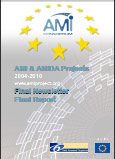Idiap Research Themes
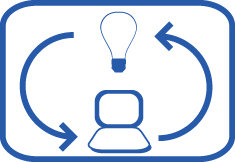
Machine learning
Algorithms for classification, regression and density estimation; statistical modeling and classification, connectionist techniques. Current research activities include: support vector machines, largescale optimization problems, kernel methods, expert fusion, ensemble models, theoretical analysis, multichannel processing, multi-stream HMM, and asynchronous HMM (e.g., merging of different data streams, possibly nonsynchronous and with different data rate), multi-modal fusion. Under the spotlights: Torch is a machinelearning software library, written in simple C++ and distributed under a BSD license. It implements most state-of-the-art machine learning algorithms in a unified framework. Torch contains modules for machine learning applied to vision and speech applications. www.torch.ch/

Speech and audio processing
Speech signal processing, multilingual robust speech recognition, development of better speech models, acoustic scene analysis, source localization, microphone array, and low-bit rate speech transmission. Current research activities include: improved robustness, better modeling of the time/frequency structure of the speech signal, portability across new applications, language modeling, automatic adaptation (of acoustic and language models), confidence measures, out-of-vocabulary words, spontaneous speech, prosody, modeling temporal dynamics, speaker turn detection (using acoustic features and/or source localization features), microphone array post-processing, low bit rate speech transmission (based on phonetic vocoding). Under the spotlights: IDIAP and partners are developing a restaurant ordering system that uses speech as the primary means of input for taking customer orders.
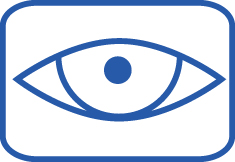
Computer vision
Object detection, recognition, and tracking, motion analysis, text recognition, gesture recognition, facial expressions, and extraction of relevant information from images and video sequences. Current research activities include: object modeling, algorithm robustness, data fusion (color, shape, motion) and feature selection, online learning and model adaptation, multi-object tracking (dynamics and data-likelihood modeling), behavioral models, joint tracking and event recognition, computational complexity. Under the spotlights: Google Portrait is a demonstration system of IDIAP face detection technology. It is based on the Google Image Search engine and an on-the-fly face detection. It allows users to search, retrieve and tag face images. Try it at www.idiap.ch/googleportrait/
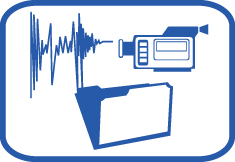
Information retrieval
Extraction of useful information from multimedia data, audio and video structuring, noisy text retrieval and categorization. Current research activities include: content-based information management using multiple data (audio and video) streams, (semi) automated video data description, optimization of user interaction. Under the spotlights: The Presentation Acquisition System (PAS) is a fully automatic system allowing the acquisition, the processing and the delivery of presentations. The system is activated by simply pushing one button. Once the acquisition of a presentation is completed, the data are processed and converted into formats suitable for being accessed through the web with a slide search engine. Find some examples of talks recorded using this system on: mmm/talk-webcast.
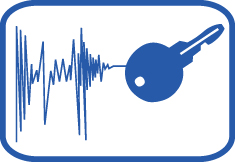
Biometric authentication
Speaker verification, face recognition, multimodal user authentication. Current research activities include: increasing robustness of user authentication techniques, non-frontal face verification, multimodal fusion, and multimodal user authentication (mixture of experts, confidence-based weighting of the different media, etc). Under the spotlights: BananaSecurity provides a fun and easy solution to lock and unlock your computer using only your face. This system is based on IDIAP state-of-the-art face authentication technologies. Free download at www.bananasecurity.com

Multimodal interaction
HCI design, augmented meeting systems, meeting browser, browser evaluation, visualization, mobile telephone interaction, gesture recognition, brainmachine interfaces, adaptive interfaces. Current research activities include: usercomposed visualization of recognized meeting activities, design of brainactuated devices, two handed interaction combined with speech, and phonebased biometric authentication with face detection and tracking. Under the spotlights: State-of-the-art development of a Brain Computer Interface (BCI) allowing people to give simple instructions to a machine (computer, robot, motorized wheelchair,…) without physical actions.
